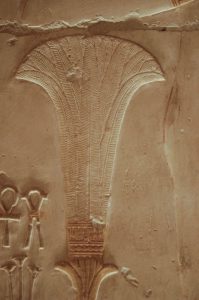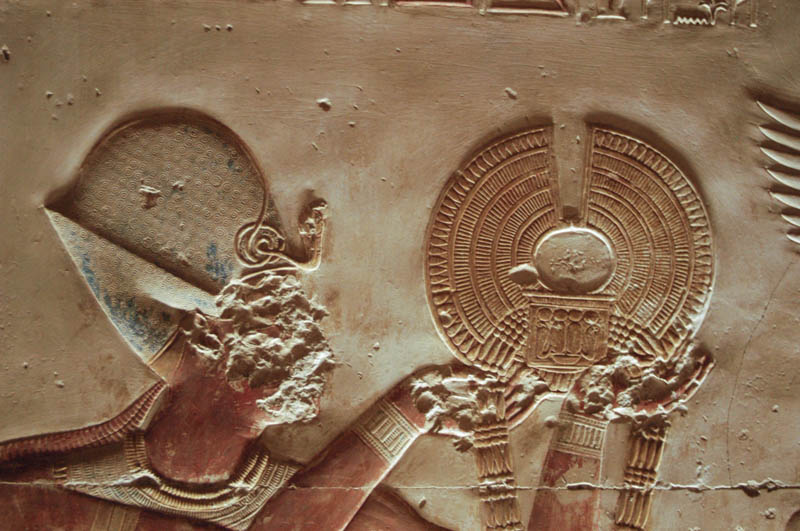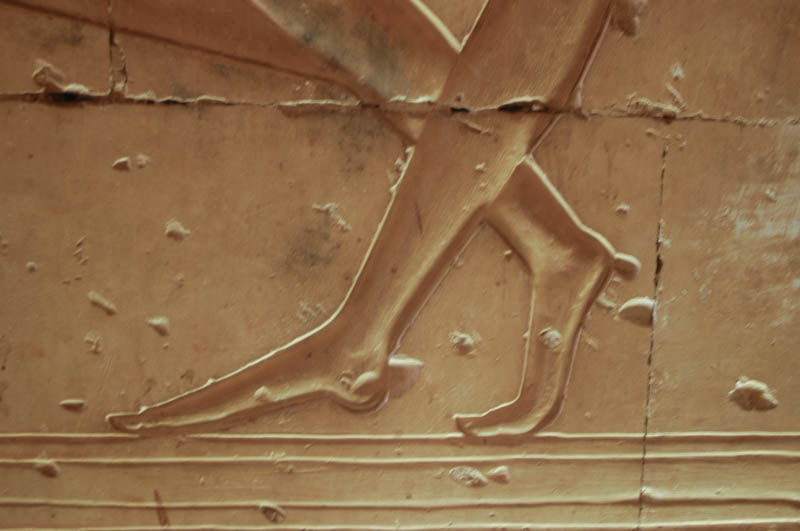
The city of Abydos was considered the holiest of cities by the Ancient Egyptians, who began pilgrimages to the city in the 7th Dynasty. It continued to be a the destination for funerary pilgrimages through the Ptolemys. The Egyptian name of the city was Abtu or Abedju. In its earlier incarnation, Abydos was a cult center for the god Khentiamentiu, who was eventually assimilated into the god Osiris
A canal from the Nile originally led to the temple. Only a trace of the canal, dry now for millennia, can be seen. While the complex here is ruinous, the temple of Seti itself is in good condition. The Osireion, a cenotaph or false tomb, lies adjacent to the limestone temple of Seti I.
It was the cult center for Osiris, the God of the Dead. According to legend, his body was buried at the site (or, perhaps, only his head). Early religious belief required that pharaohs be buried in Abydos in order to achieve the afterlife — which accounts for the many pre-dynastic and old kingdom pharaohs buried in the necropolis here. The tomb of Menes, the founder of Egypt, and other 1st Dynasty kings have been found, as well as ritual burials of many later pharaohs.

There are a number of temples and cenotaphs here, including a mud-brick Osiris temple at Kom el-Sultan, a portal temple of Ramesses II, a Tempe of Thutmose III (which was just discovered in 1996), a cenotaph temple by Ramesses II, and the most famous Temple of Seti I and the Osireion. We only visited the Temple of Seti I and the Osireion — the others are for dyed-in-the-wool temple fanatics only, we were told, and from what we could see, only scant remains — a few blocks of stone — remain for most of them. Don’t miss Seti I here, and the Osireion, though

Make sure to bring a flashlight, as the entire Temple of Seti I is covered and can be quite dark and cold. If you want to examine the reliefs in any detail, you’ll need a light. Also, nearly every guidebook mentions the little cafe near the temple, which is good and reasonably priced. We had tea and little biscuits here.
The main sites here include: